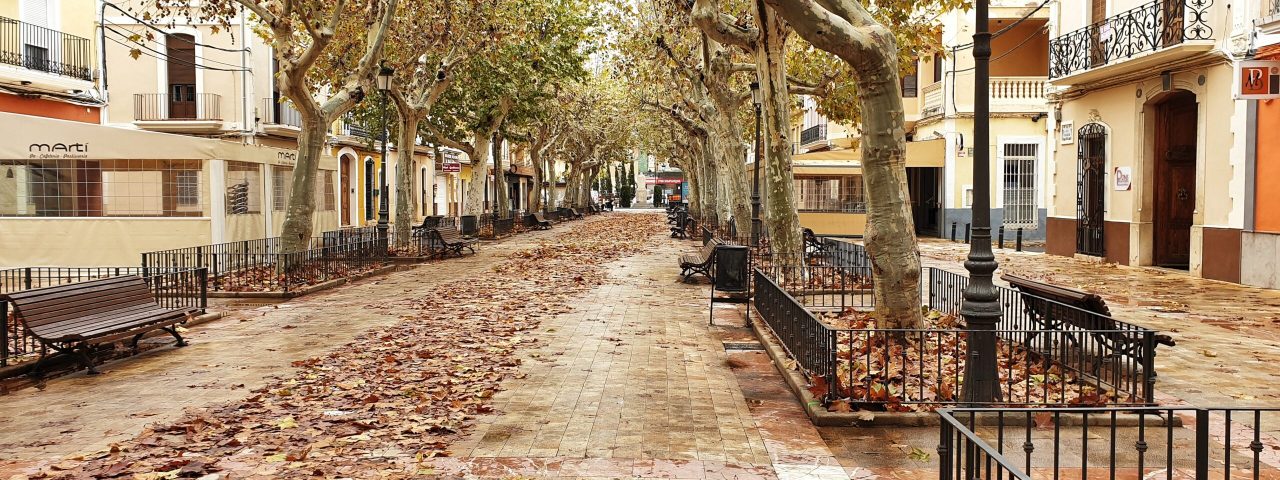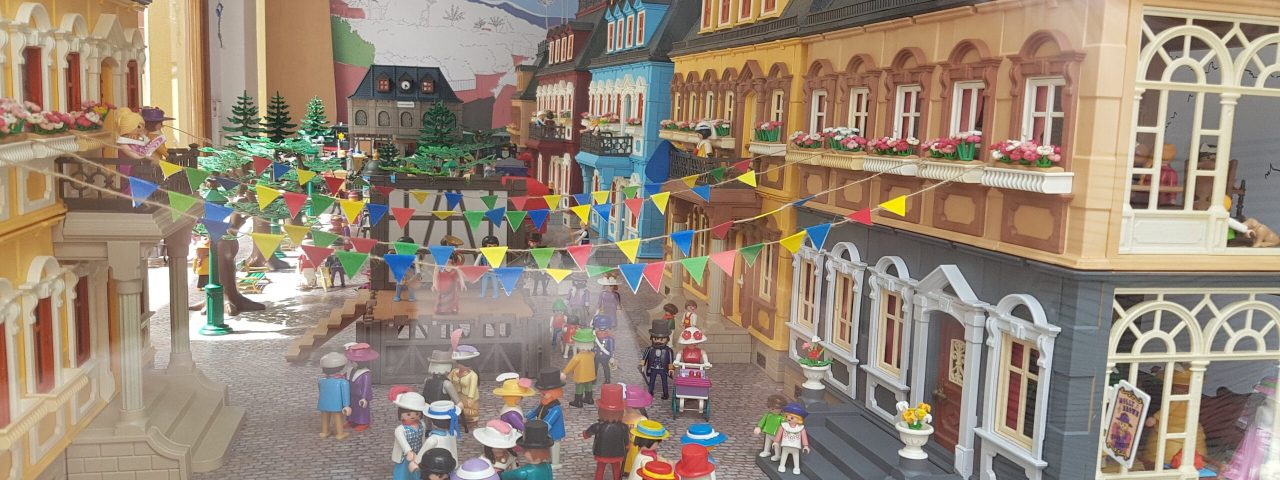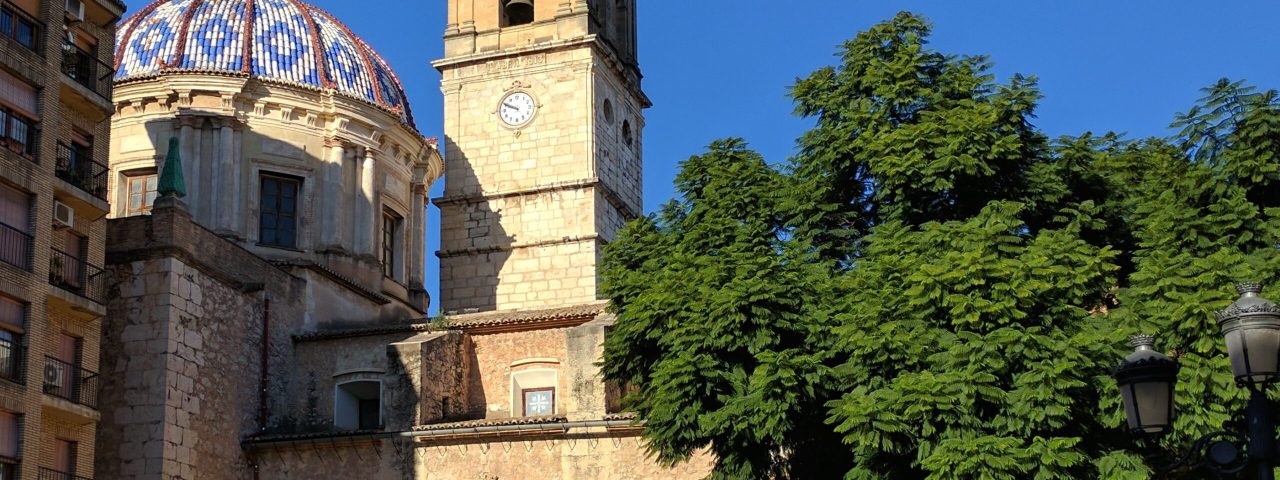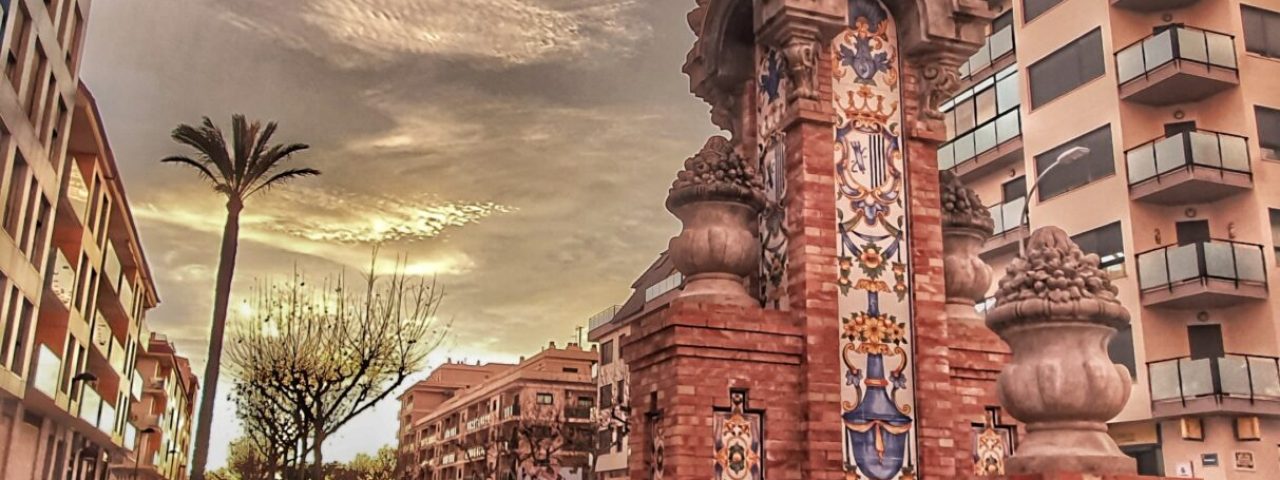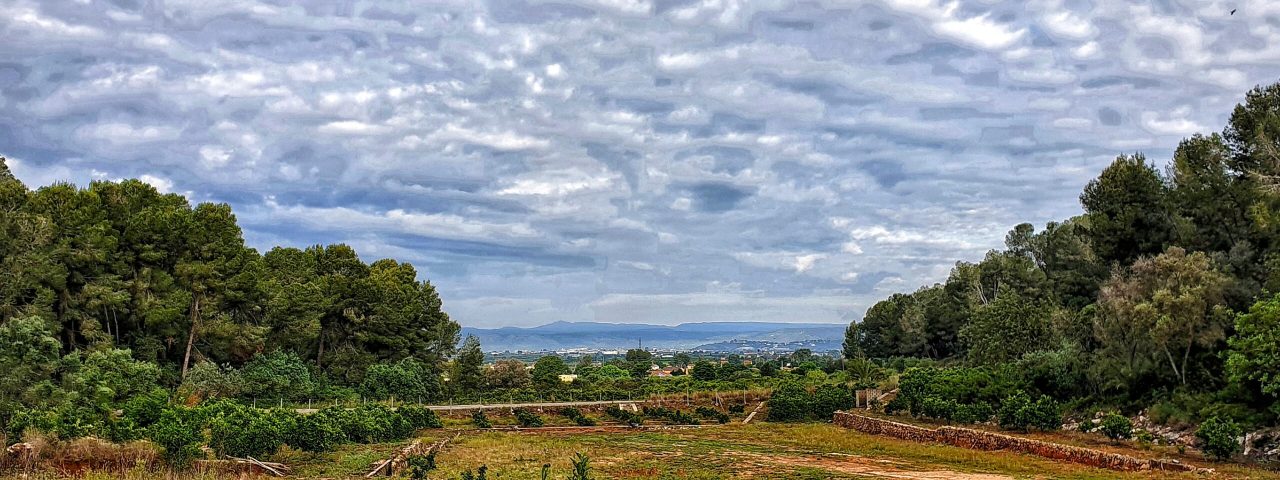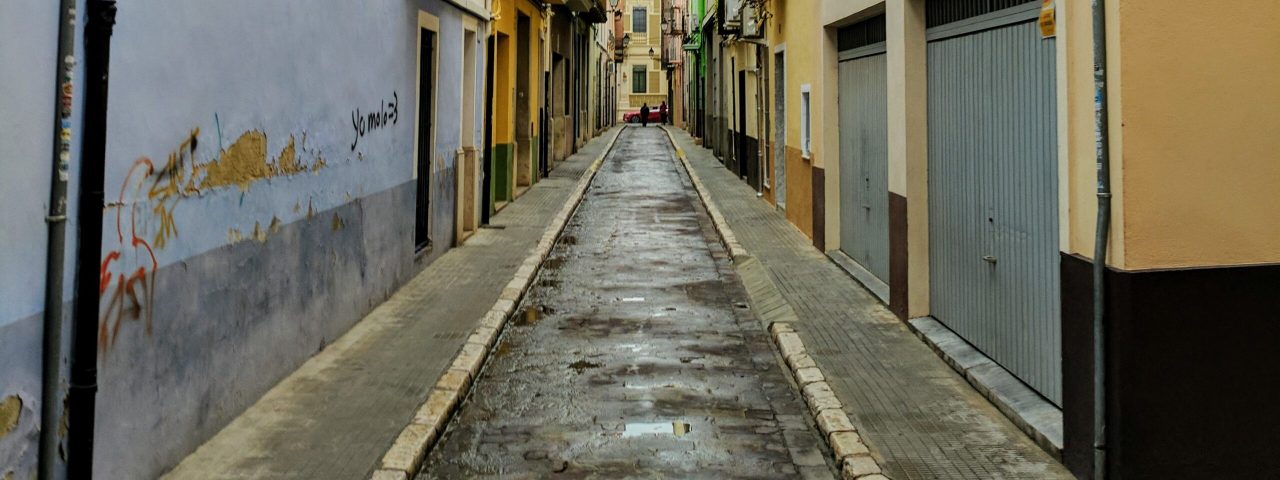Carcaixent has a rich historical background that dates back to Roman times, but it was significantly shaped by the Moors during the Islamic rule of Spain, who introduced advanced agricultural techniques, particularly in irrigation, that remain vital to the region’s prosperity. After the Christian reconquest in the 13th century, Carcaixent continued to flourish, particularly due to its agriculture, which still plays a key role today.
The city is known for its cultural festivals, the most important being the “Fallas,” celebrated every March. Similar to the Fallas of Valencia, this festival includes the creation of large artistic sculptures made of wood and papier-mâché, which are eventually set ablaze in a symbolic act of renewal. Carcaixent also hosts religious processions, such as those during Easter Week, which draw visitors with their elaborate costumes, parades, and deep-rooted local traditions.
Carcaixent has preserved several historical landmarks, including centuries-old churches and noble houses. One of the most iconic symbols of the city is the Hermitage of Saint Roch, located on a hill overlooking the town, which offers panoramic views and a glimpse into the city’s spiritual heritage.
